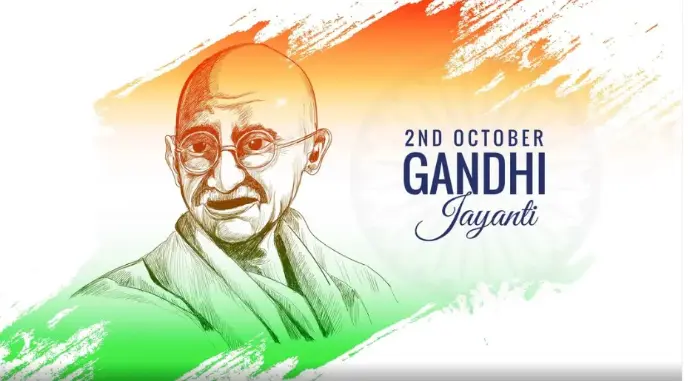
Unknown facts about Gandhi?
In this section, you will learn efficiently. Even, if you download the PDF then you will know advance:
1. What was Gandhi's connection to the Tolstoy Farm in South Africa?
Answer:
Gandhi established Tolstoy Farm in 1910 near Johannesburg, South Africa, as a communal living space for satyagrahis (non-violent resisters) and their families. It was named after the Russian writer Leo Tolstoy, whose ideas on non-violence and simple living deeply influenced Gandhi. The farm served as a center for training in self-reliance, non-violence, and community living.
2. What role did Gandhi play in the Champaran Satyagraha?
Answer:
The Champaran Satyagraha (1917) was Gandhi's first major satyagraha in India. He was invited by local farmers in Champaran, Bihar, to protest against the exploitative tinkathia system imposed by British indigo planters. Gandhi organized peaceful protests, conducted surveys, and negotiated with authorities, leading to the Champaran Agrarian Act, which improved the farmers' conditions. This marked the beginning of Gandhi's active involvement in India's freedom struggle.
3. What was Gandhi's stance on industrialization?
Answer:
Gandhi was critical of large-scale industrialization, which he believed led to exploitation, environmental degradation, and the erosion of traditional crafts. He advocated for decentralized, village-based industries and promoted the use of khadi (hand-spun cloth) as a symbol of self-reliance and economic independence. His vision emphasized sustainable development and the empowerment of rural communities.
4. What was Gandhi's relationship with the Indian National Congress (INC)?
Answer:
Gandhi joined the Indian National Congress in 1915 and soon became one of its most influential leaders. He transformed the INC from an elite organization into a mass movement by involving ordinary Indians, including peasants, workers, and women. Gandhi's leadership in movements like Non-Cooperation (1920-22), Civil Disobedience (1930-34), and Quit India (1942) made the INC the primary vehicle for India's independence struggle.
5. What was Gandhi's view on caste and untouchability?
Answer:
Gandhi was a strong critic of the caste system and untouchability. He referred to untouchables as Harijans (children of God) and worked tirelessly to eradicate social discrimination. However, his approach was reformist rather than revolutionary; he believed in changing hearts and minds through education and moral persuasion. Gandhi's efforts included campaigns for temple entry, inter-caste dining, and the promotion of social equality.
6. What was Gandhi's involvement in the Khilafat Movement?
Answer:
Gandhi supported the Khilafat Movement (1919-1924), which was led by Indian Muslims to protest the dismantling of the Ottoman Caliphate by the British after World War I. Gandhi saw this as an opportunity to unite Hindus and Muslims in the fight against British rule. He integrated the Khilafat issue into the Non-Cooperation Movement, making it a broader struggle for Indian self-rule. However, the movement lost momentum after the abolition of the Caliphate in 1924.